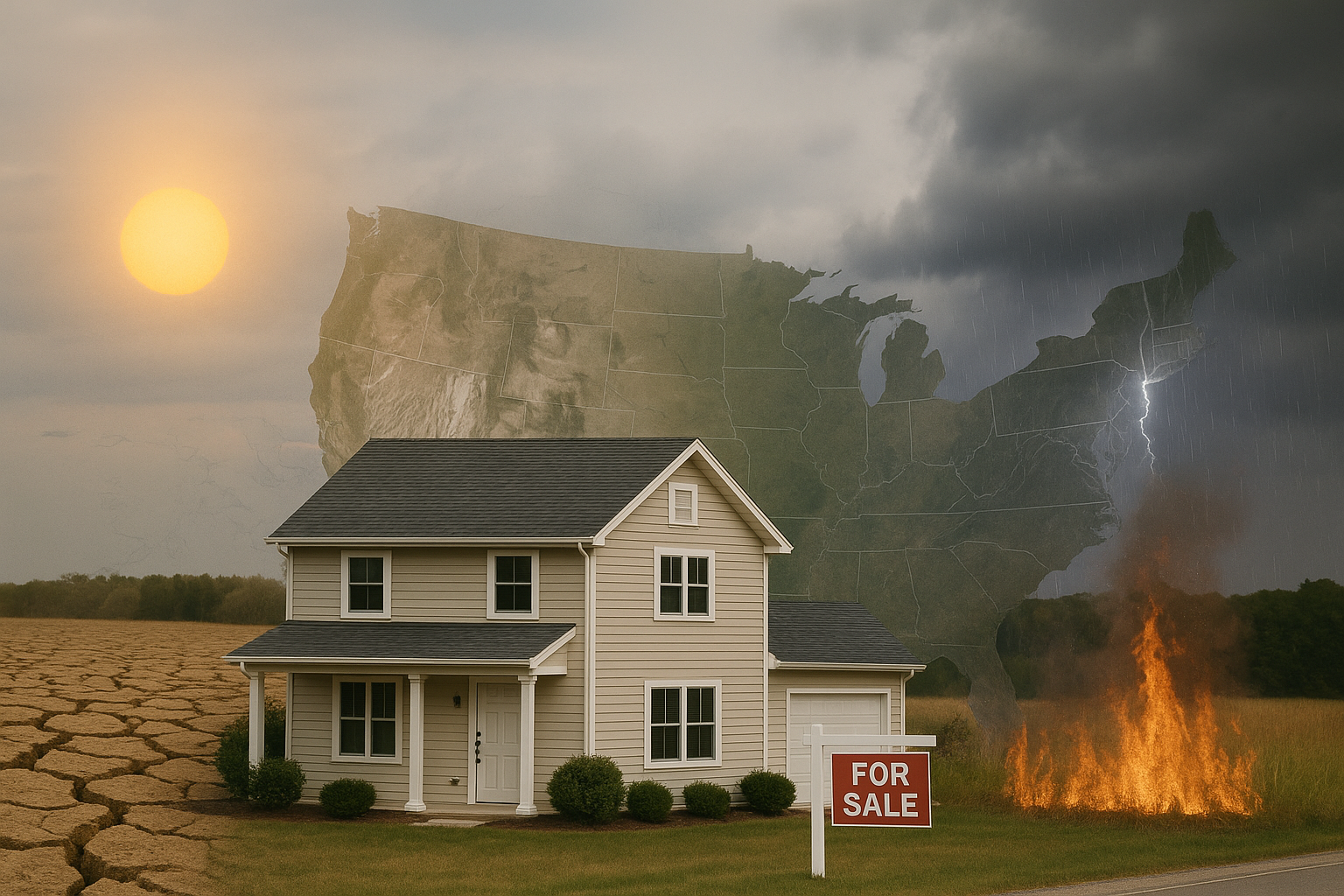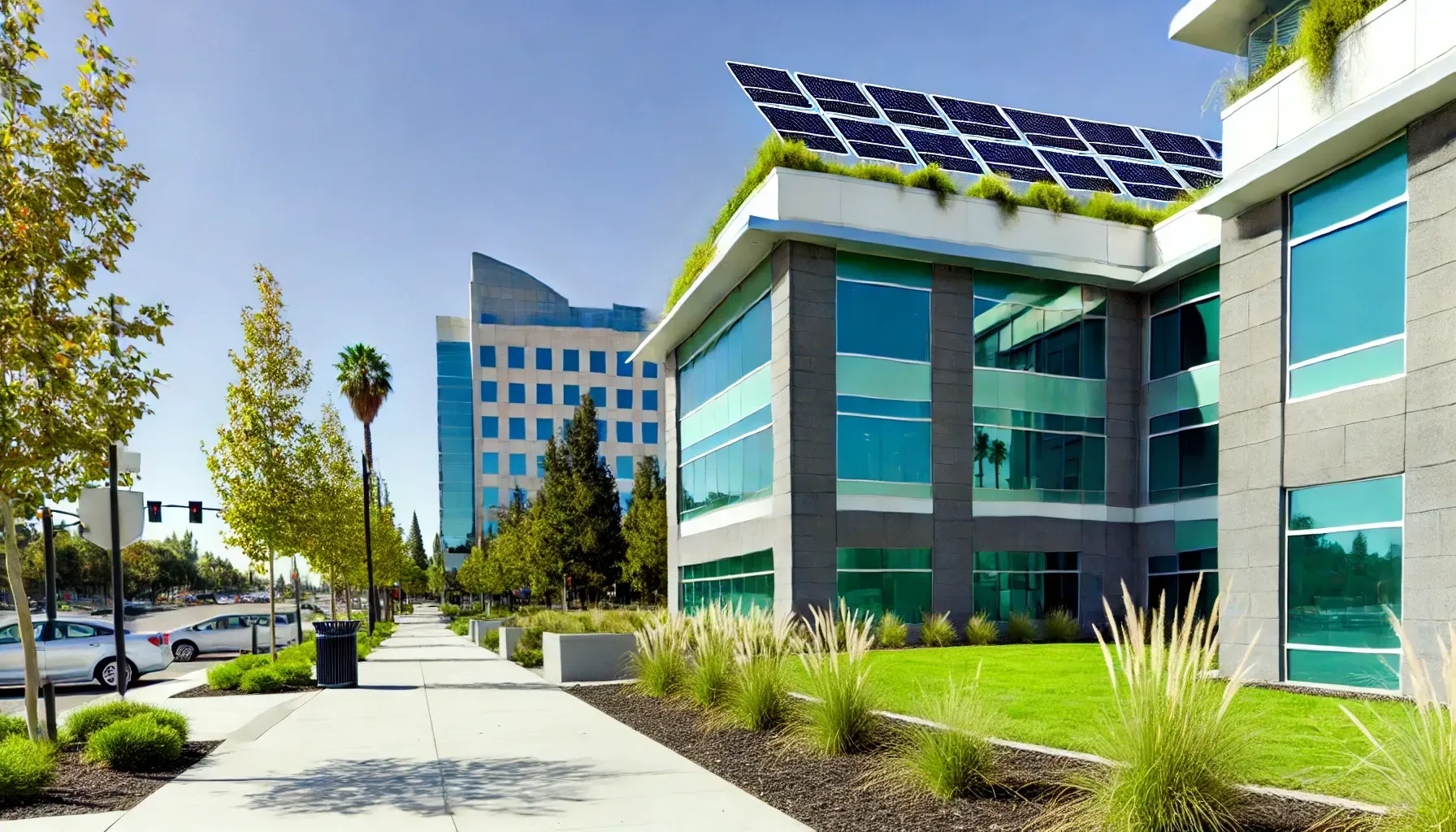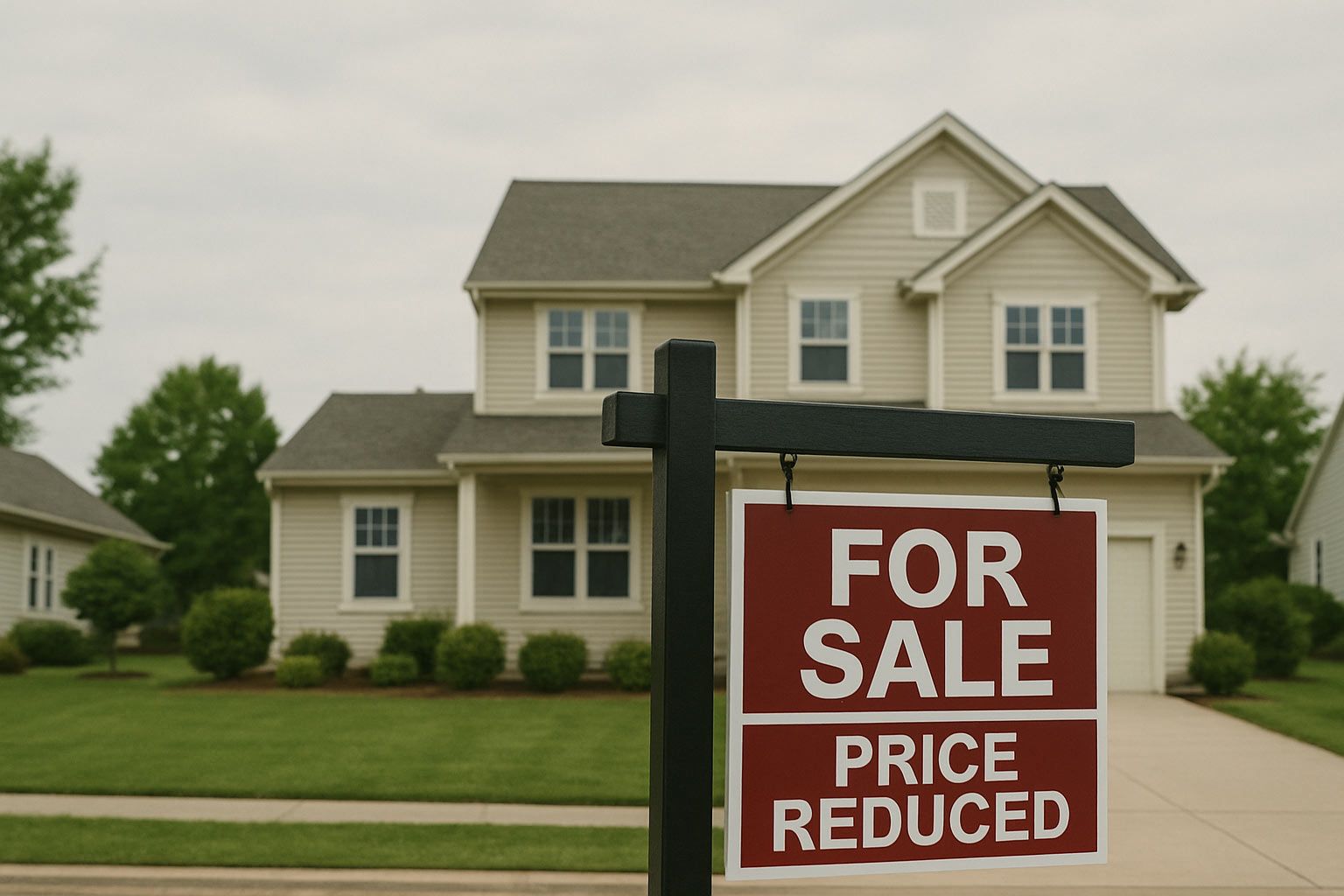Managing Property From Afar: How to Succeed With the Right Team, Tools, and Communication

Owning a location can be both a rewarding investment and a significant challenge. Be it a vacation rental, long-term residential unit, or commercial space, managing it from from a distance requires more than just good intentions. Without proper planning, a promising venture can rapidly become a source of stress and or financial strain.
The great news is that this can be rectified and with the right plan— centered around building a dependable local team, using modern technology, and maintaining clear communication — you can effectively oversee your property no matter where you are. This article lays out a practical roadmap to help you do just that.
Why Managing Property Remotely Is Different
When you’re not nearby, you lose the ability to personally handle day-to-day issues, meet tenants or contractors in person, or even inspect the property on short notice. Tasks that might seem simple — like addressing a maintenance request or ensuring rent is collected on time — suddenly become more complex.
That’s why a remote owner must think differently. You have to delegate wisely, set up systems that work without your constant oversight, and be proactive about potential challenges.
Step 1: Build a Reliable Local Team
Your local team is the backbone of successful remote property management. Even with the best apps and software, you still need trustworthy people on the ground to take care of physical tasks.
Hire a Professional Property Manager
For many owners, hiring a property manager is the single most effective move they can make. A good property manager can:
- Advertise and show your property to prospective tenants
- Screen applicants thoroughly
- Collect rent and enforce lease terms
- Arrange for regular maintenance and handle emergency repairs
- Keep you informed of issues while resolving them locally
When choosing a property manager, look for someone with proven experience in your property’s type and location. Interview a few candidates, ask for references, and review their management agreement carefully before signing.
Build a Network of Service Providers
Even if you have a property manager, it’s helpful to know which plumbers, electricians, landscapers, cleaners, and inspectors are reliable in the area. Some owners prefer to maintain their own preferred vendors list so they know who’s working on their property and at what rates.
If you don’t have a property manager, your reliance on this network becomes even more critical. Take the time to vet these professionals just as carefully as you would an employee — because in a sense, they are.
Consider a Local Contact or “Eyes and Ears”
Some owners appoint a trusted friend, relative, or business associate as an informal point of contact who can check in occasionally, provide feedback, and keep you in the loop beyond what your manager or tenants report. This isn’t always necessary, but it can be helpful, especially in smaller towns where property managers may not always be as hands-on as you’d like.
Step 2: Leverage Technology to Stay in Control
Handling remote properties becomes much more manageable with technology. The right tools makes monitoring your property, communicating with your team, and the management of documents easy as can be.
Property Management Software
A smart choice is property management software, handle everything yourself or work with a property manager. Here are some ways the platforms can assist you:
- Rent collection all tracked online
- Monitor maintenance requests and work orders
- Manage lease agreements and digital signatures
- Screen tenants and process applications
- Track expenses and generate financial reports
- Popular options include Buildium, AppFolio, TenantCloud, and Rentec Direct.
Monitoring Remotely
Smart home technology gives you more oversight and control of vacation rentals and short-term stays.
Think about installing:
- Smart locks for keyless entry and added security
- Exterior security cameras (where legally allowed)
- Smart thermostats to optimize energy use
- These tools let you see what’s happening in real time and respond quickly if needed.
Storage on the Cloud and Digital Communication
Store all property-related documents — leases, inspection reports, receipts, insurance policies — in Google Drive or Dropbox are secure and great for easy access.
Select reliable channels for communications. Email and phone calls still work well, but apps like Slack or WhatsApp can make conversations with your team more efficient and organized.
Step 3: Maintain Clear Communication
When managing remotely, strong communication is even more important. Set clear expectations from the start and keep the lines of communication open to avoid misunderstandings and unnecessary costs.
Set Expectations Early
Make sure everyone you work with knows your preferences and priorities and be upfront.
For example:
How often you want updates (weekly, monthly, only when there’s a problem)
How you prefer to be contacted (email, phone, text, app)
What decisions they can make without your input and what requires approval
How to handle emergencies if you can’t be reached
Having a written agreement — even with informal helpers — can make these expectations clear.
Regular Check-Ins
If everything seems to be running smoothly still check-in, schedule periodic times to keep each other updated. A monthly or quarterly call with your property manager or team ensures you’re kept up to date and allows you to ask questions about anything that might not make it into their standard reports.
Be Transparent
Let your team know honestly is the best policy, give timely updates — even if the news isn’t good. If tenants are complaining, repairs are delayed, or rent payments are late, you’d rather know sooner than later so you can decide how to proceed.
Tips for Long-Term Success
Once you have your team, tools, and communication channels in place, here are a few additional tips to help you manage your property effectively over the long term:
Visit When You Can
While it’s possible to manage remotely without ever visiting, nothing beats seeing the property in person once in a while. Schedule an annual or biannual trip to inspect it yourself, meet your team face-to-face, and get a feel for the neighborhood.
Stay Informed About Local Laws
Property laws, landlord-tenant regulations, and tax rules vary by location — and they can change. Stay up to date to ensure you remain compliant and avoid potential legal problems.
Plan for Emergencies
Have a clear plan in place for emergencies, such as natural disasters, major repairs, or vacancies. Make sure your team knows what steps to take if something unexpected happens and you can’t be reached immediately.
Keep Financial Records Organized
Track income and expenses carefully. Not only will this help you monitor profitability, but it also makes tax time much easier. Many property management software platforms include built-in financial reporting tools to simplify this task.
Common Challenges to Watch Out For
Even with a solid plan, you’re likely to encounter a few challenges along the way. Here are some of the most common and how to address them:
Delayed response times: Minimize this by setting clear response expectations with your team and using tools that support instant communication.
- Unreliable contractors: Always vet service providers, and try to have backups lined up in case your usual contacts are unavailable.
- Poor tenant behavior: Make sure your screening process is thorough and consistent to minimize the chance of problem tenants.
- Hidden maintenance issues: Regular inspections — even virtual walkthroughs with your manager — can help catch problems early.
Final Thoughts
Managing a property in a different location doesn’t have to feel overwhelming. By focusing on three key areas — building a trustworthy local team, using technology to stay connected and organized, and maintaining open, clear communication — you can keep your property running smoothly while you’re away.
The upfront effort you put into finding the right people, implementing the right tools, and setting the right expectations will pay off in the form of a more profitable, less stressful ownership experience. Whether you’re a seasoned investor or just starting out, these principles can help you succeed as a remote property owner.
Share this post









